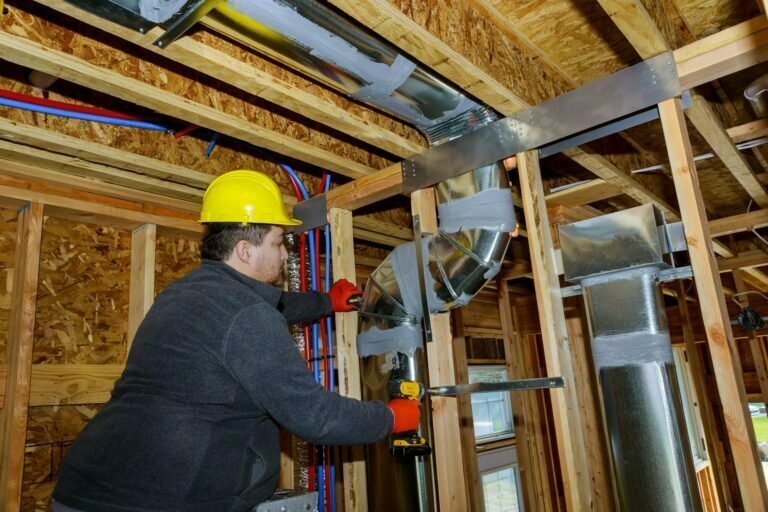It’s safe to say that after two years of living through a global pandemic, many of us have been spending a lot more time at home. That means you’ve probably had time to notice there are some things that could use improving, including your HVAC system. Thermostats can be be susceptible to damage or poor performance, and many homeowners don’t know what to do if they notice that it is malfunctioning. The good news is that there are plenty of things you can do to ensure your HVAC system will be up and running again in no time at all. Keep reading for a guide to some common thermostat problems and troubleshooting tips.
What are some common thermostat problems and troubleshooting tips?

There are a number of potential causes of thermostat malfunction, from simple wear and tear to more complicated electrical problems. One of the most common causes is a lack of power to the thermostat, which can be caused by a blown fuse or tripped circuit breaker. Other possible causes of thermostat malfunction include wiring problems, a defective thermostat, and problems with the heating or cooling system. Fortunately, you can use resources like Sensi thermostat troubleshooting to identify the problem.
If your thermostat isn’t working, it might be because the sensor is dirty or clogged. First, try cleaning the sensor with a soft cloth and some isopropyl alcohol. If that doesn’t work, you may need to replace the sensor. While you may be tempted to try and do this yourself, it’s always best to let an HVAC technician handle repairs or replacement parts. Trying to repair your thermostat on your own can be tricky, and if you’re not experienced with doing this kind of work, you could end up causing additional damage that could b expensive to fix.
Thermostats are vulnerable to wear and tear and can easily be damaged if not properly taken care of. There are some things you can do to keep it in better condition. Make sure to keep the thermostat in a dry place. If it gets wet, it could short-circuit. You should also be careful when cleaning the thermostat. Do not use any harsh chemicals or abrasive materials that could damage the surface. If you take good care of your thermostat, you’re less likely to experience a breakdown.
What else can you do to manage the temperature inside your home?

If your thermostat is old or has broken down, you should consider upgrading to a smart thermostat. There are a lot of reasons why upgrading to a smart thermostat is a good idea. For one, they can save you a lot of money on your energy bills. Smart thermostats can automatically adjust the temperature in your home based on your habits and preferences, which can help you save energy and money. Additionally, smart thermostats can also reduce your carbon footprint, as they minimize your reliance on fossil fuels.
You may not realize it, but the condition of your windows could be impacting your home’s indoor temperature. Crevices and cracks can be a major source of air leakage in your home, which can lead to increased energy consumption and higher heating and cooling bills. In order to properly insulate your home and keep the temperature consistent, it is important to seal any cracks and crevices in your windows. You can use caulk to fill in any gaps and cracks, and then seal it with a sealant to make sure it is airtight. If you have any questions or need assistance sealing your windows, contact a professional window installer.
There’s a lot that goes into maintaining a comfortable home environment. Having a quality HVAC system that is properly maintained is essential no matter where you live. Components like thermostats can be temperamental at times, and you may find that you run into problems that require repair or troubleshooting. Online resources can be useful for figuring out what might be wrong, but it’s always better to call an HVAC technician to address a problem rather than trying to fix it on your own. You don’t want to hurt yourself or cause additional damage that may be expensive to repair.





